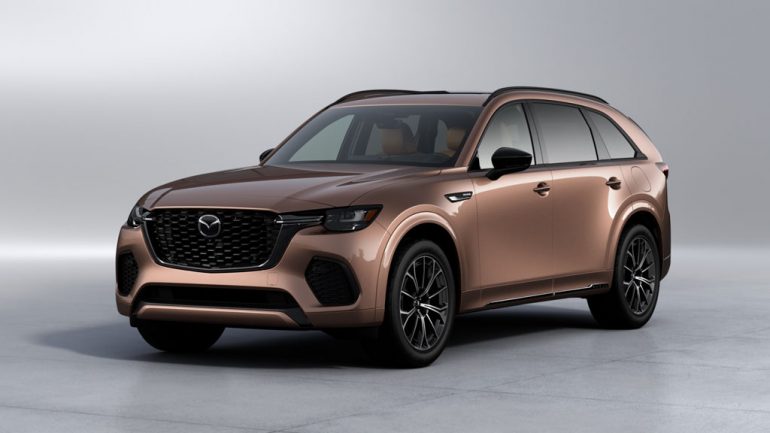
Mazda’s latest move in the SUV market has sparked intrigue with its unveiling of the CX-70, a model that appears to be a trimmed-down version of the CX-90, lacking the third row typically found in its larger counterpart. The announcement of the pricing for the 2025 CX-70 has added another layer to this comparison, revealing that each iteration of the two-row SUV will bear the same price tag as its 2024 CX-90 equivalent. However, it’s worth noting that despite this apparent similarity, the CX-70 is exclusively available in higher-spec trims, resulting in a base price that surpasses that of the CX-90.
The price range for the CX-70 spans from $41,820 for the entry-level CX-70 3.3 Turbo Preferred to $58,825 for the top-tier PHEV Premium Plus. For context, the 2024 CX-90 Select is priced at $39,220, indicating a minor disparity in the starting prices of the two models. Despite this, it is anticipated that the prices of the CX-90 won’t escalate significantly, if at all, suggesting that ultimately, the two SUVs should be similarly priced.
Also, don’t forget that you can get discounted new car pricing with a free quote through qualified local dealer partners.
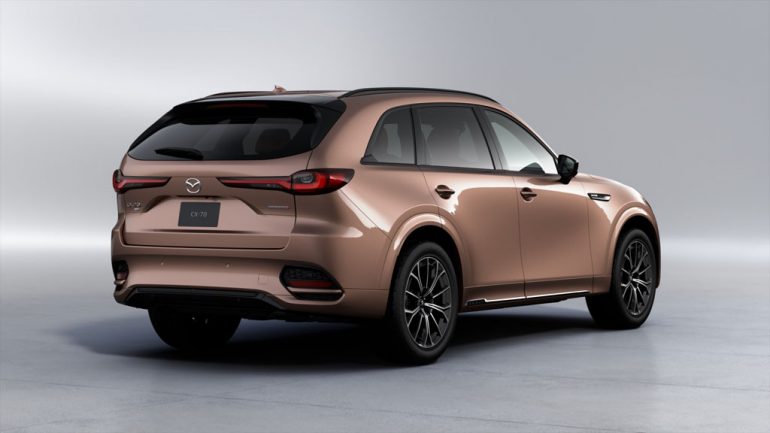
STARTING MSRP (includes $1,375 destination charge) FOR THE 2025 MAZDA CX-70 IS AS FOLLOWS:
| CX-70 3.3 Turbo Preferred | $41,820 |
| CX-70 3.3 Turbo Premium | $47,275 |
| CX-70 3.3 Turbo Premium Plus | $50,275 |
| CX-70 3.3 Turbo S Premium | $53,825 |
| CX-70 3.3 Turbo S Premium Plus | $57,325 |
| CX-70 PHEV Premium | $55,775 |
| CX-70 PHEV Premium Plus | $58,825 |
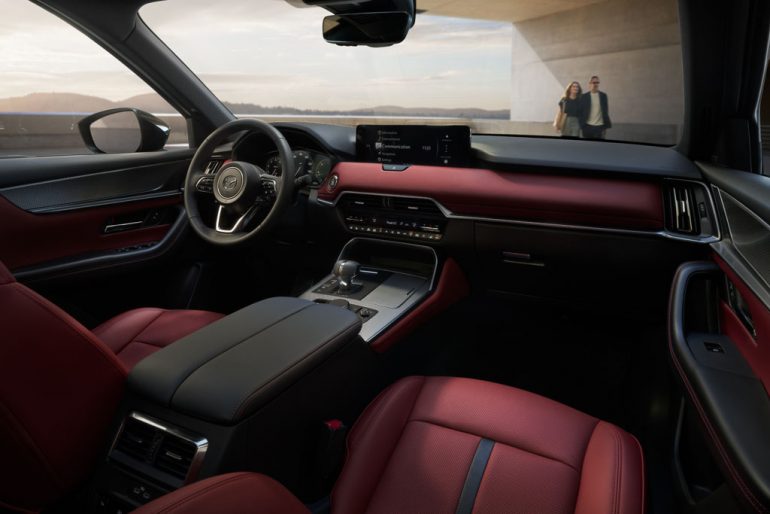
Under the hood, the CX-70 and CX-90 boast identical powertrain options, featuring a 3.3-liter turbocharged inline-six engine available in two variations, delivering either 280 horsepower or 340 horsepower. Additionally, both models offer a plug-in hybrid drivetrain equipped with a four-cylinder engine and an electric motor, coupled with an eight-speed automatic gearbox and all-wheel drive as standard. The primary discrepancies between the CX-70 and CX-90 lie in their seating capacity and some cosmetic distinctions in their front and rear fascias, as well as trim and color choices.
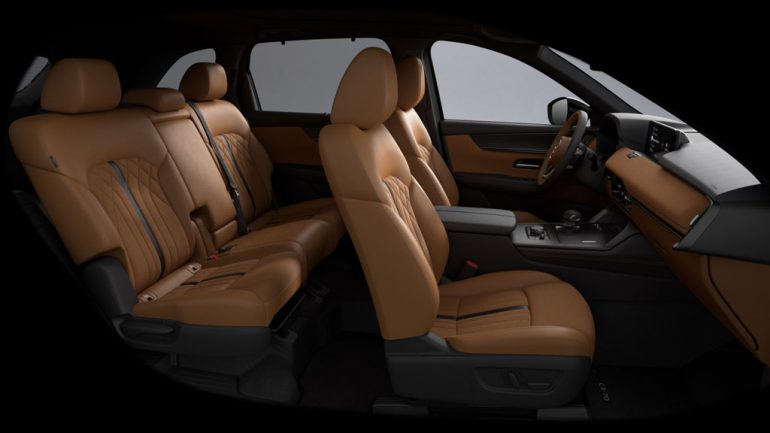
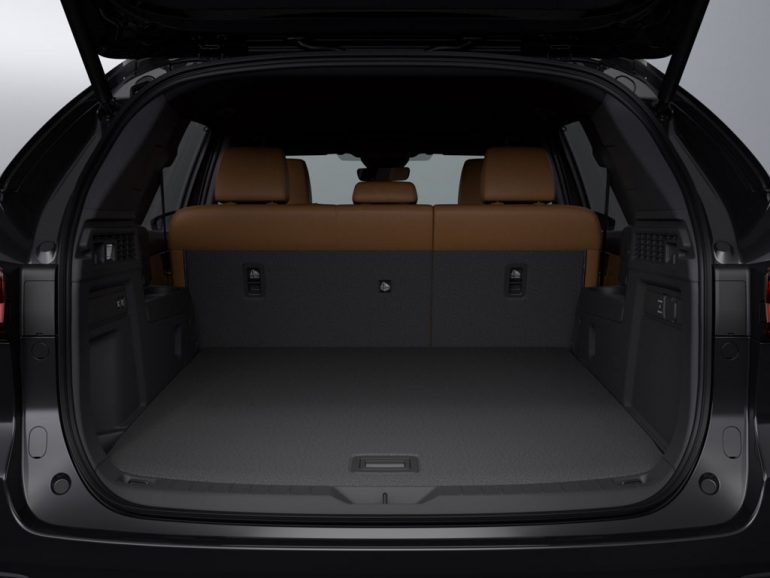
The decision to introduce two separate models rather than offering a single model with customizable seating options may raise questions among enthusiasts. Speculation suggests that Mazda’s choice may have been influenced by cost considerations, potentially opting to streamline operations by certifying the CX-70 and CX-90 as essentially the same vehicle for the US market. Despite the reasonable pricing of the CX-70, which rivals luxury competitors like Audi, BMW, and Mercedes-Benz in refinement and luxury, it may disappoint those anticipating a more budget-friendly and compact alternative with the release of the CX-70.